Optimal Seasons for Landscaping in Asheville
Landscaping projects are most effective when scheduled during optimal seasons to ensure healthy growth and successful installation. The timing depends on the specific plants, soil conditions, and regional climate patterns of Asheville, NC. Proper planning can lead to more vibrant, sustainable, and long-lasting landscape designs.
Spring is ideal for planting new landscapes as the soil warms and plants start to grow actively. It allows for a full growing season before winter.
Summer can be suitable for certain projects, especially those involving mature plantings or irrigation system installation, provided weather conditions are manageable.
Fall offers cooler temperatures and increased rainfall, making it a good time for planting and establishing new landscapes before winter dormancy.
Winter is generally less suitable for new plantings due to dormancy, but it can be a good time for planning and design work.
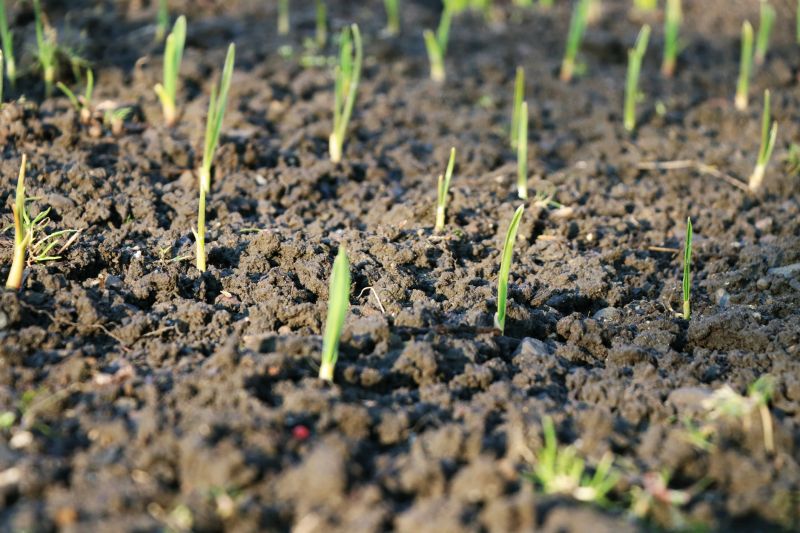
Preparing soil and planting early in the season promotes healthy growth.

Implementing mature plantings and irrigation during summer ensures establishment before colder months.
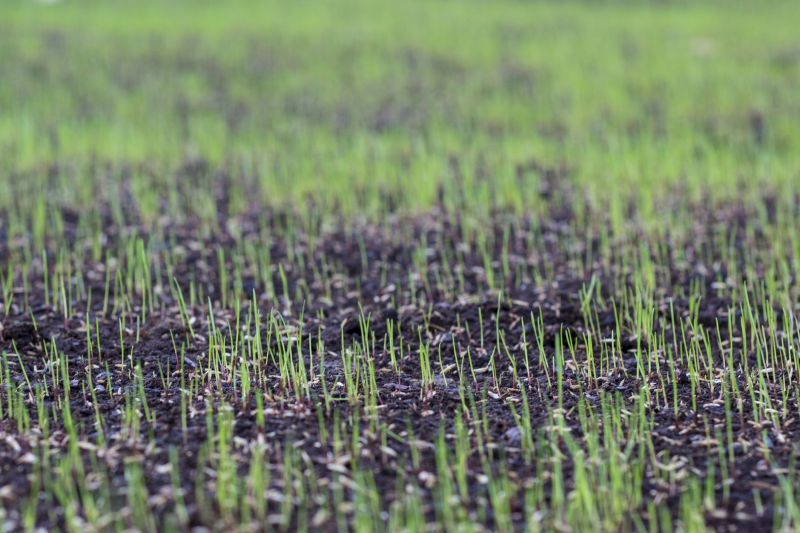
Utilizing fall for planting helps plants establish roots before winter.

Ways to make Landscapings work in tight or awkward layouts.
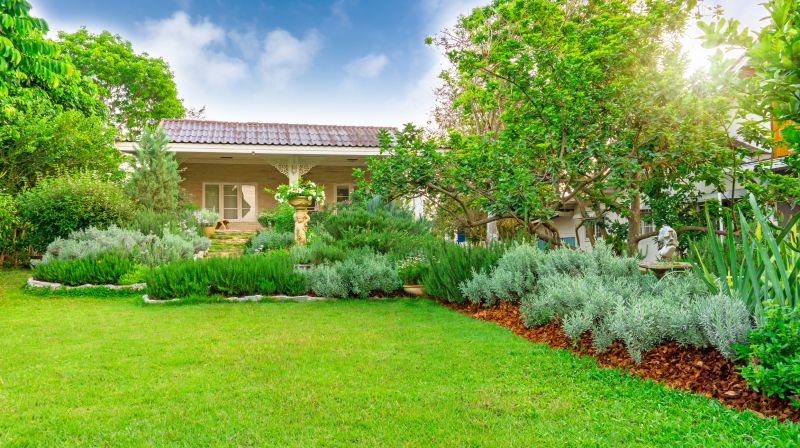
Popular materials for Landscapings and why they hold up over time.
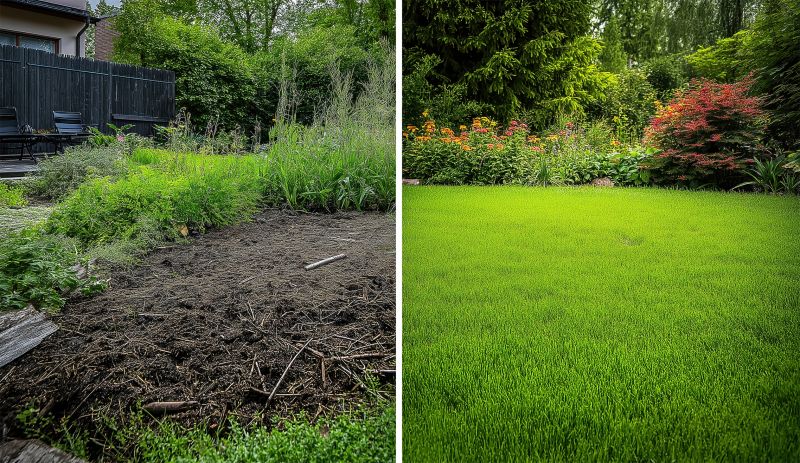
Simple add-ons that improve Landscapings without blowing the budget.
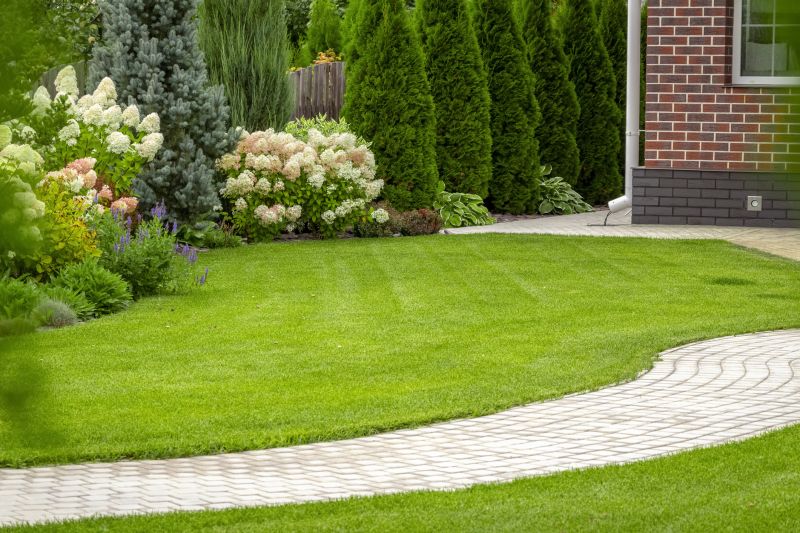
High-end options that actually feel worth it for Landscapings.
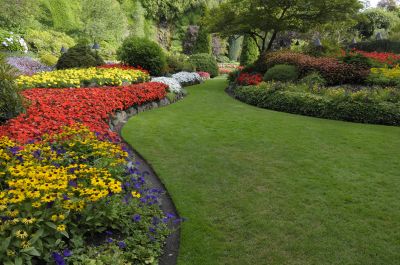
Finishes and colors that play nicely with Landscapings.
| Season | Ideal Activities |
|---|---|
| Spring | Planting new shrubs, trees, and flowers; soil preparation. |
| Summer | Irrigation system installation; mature plantings. |
| Fall | Planting bulbs, trees, and shrubs; soil conditioning. |
| Winter | Design planning; site preparation; dormant planting in mild periods. |
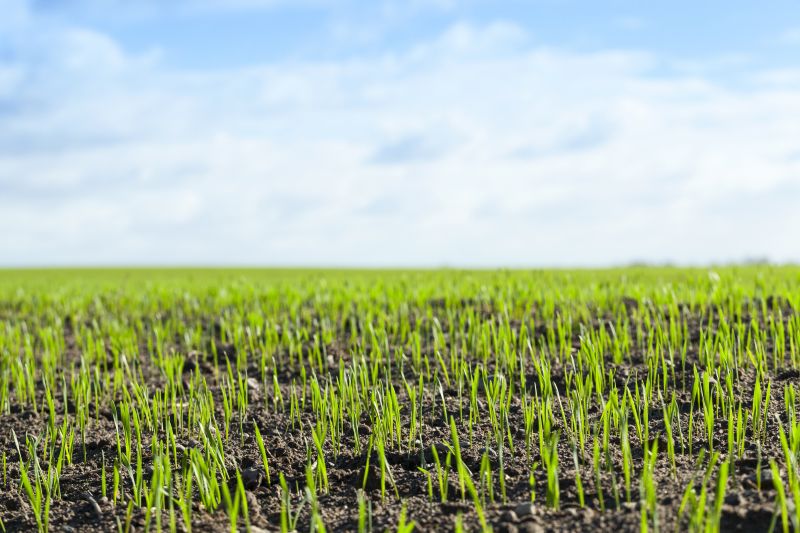
Early planting encourages vigorous growth during the season.
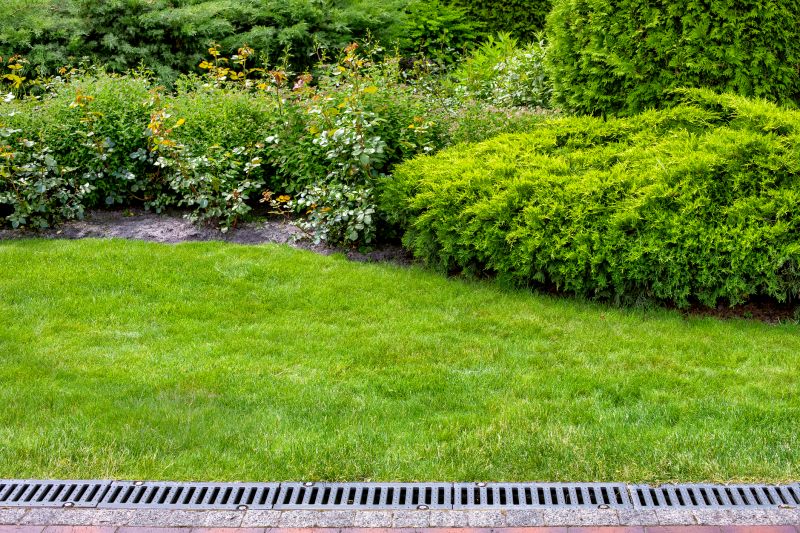
Focus on irrigation and mature plant care during warmer months.

Planting and soil amendments set the stage for healthy roots.
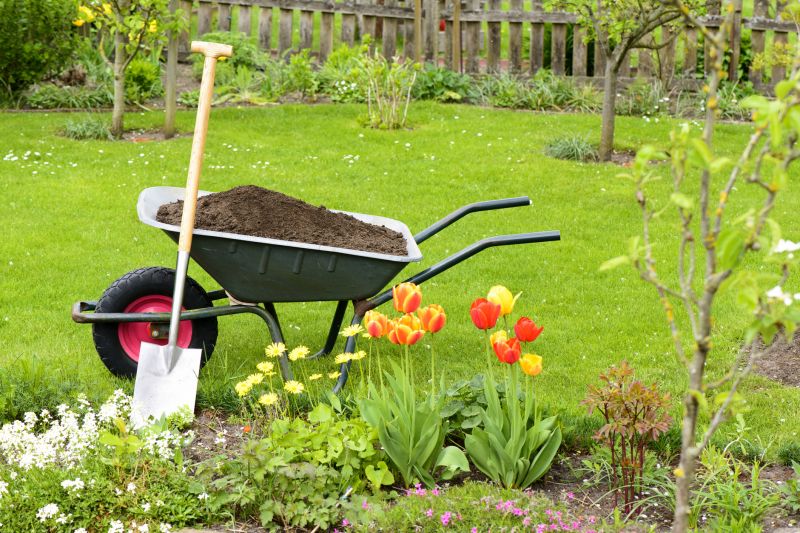
Planning and preparation keep projects on track for spring.

Little measurements that prevent headaches on Landscapings day.
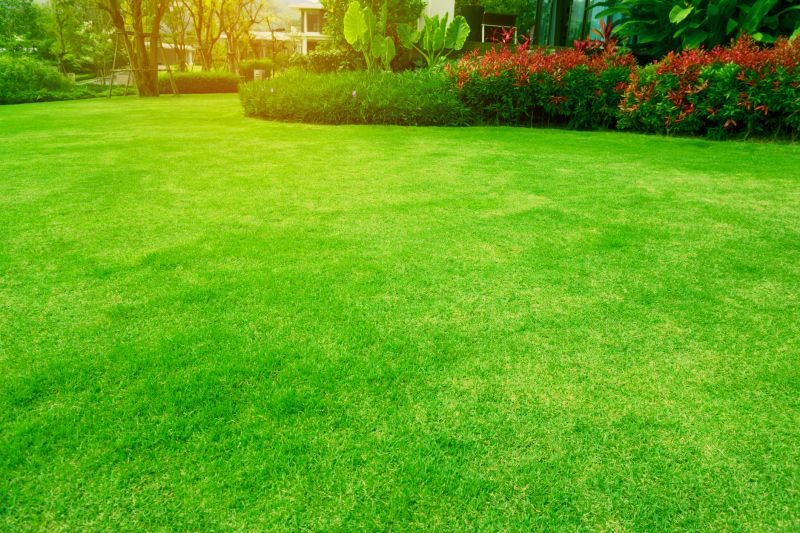
A 60-second routine that keeps Landscapings looking new.
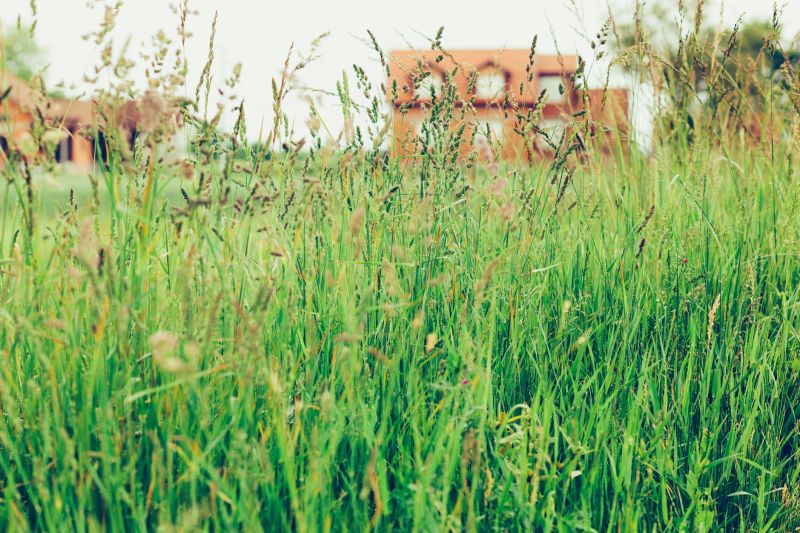
A frequent mistake in Landscapings and how to dodge it.

Small tweaks to make Landscapings safer and easier to use.
Scheduling landscaping projects according to seasonal conditions maximizes success and minimizes issues such as drought stress or frost damage. In Asheville, the mild climate provides opportunities for year-round planning and execution, with the best planting windows generally in spring and fall.
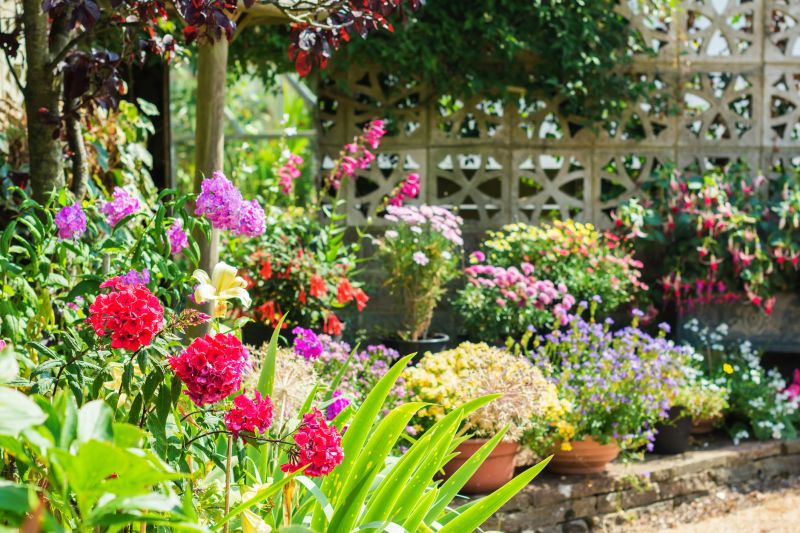
Bright blooms and fresh greenery define spring landscapes.
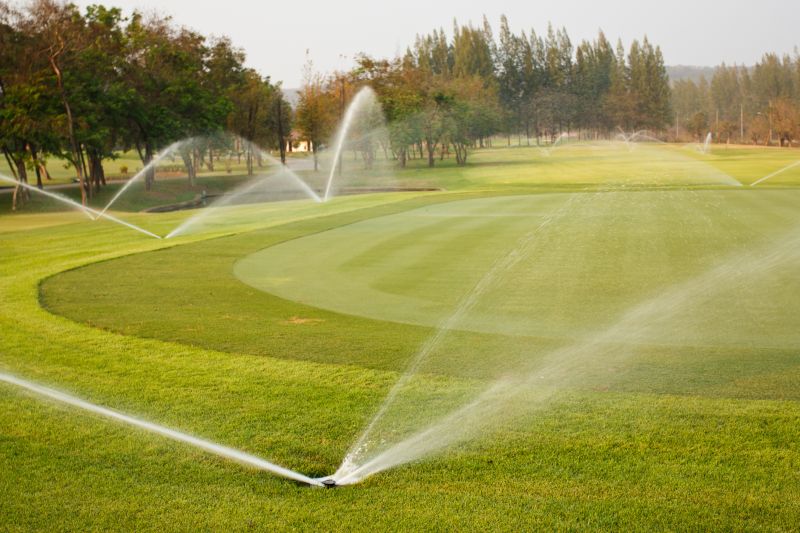
Ensuring irrigation and pest control during summer months.

Adding seasonal plants and preparing for winter.
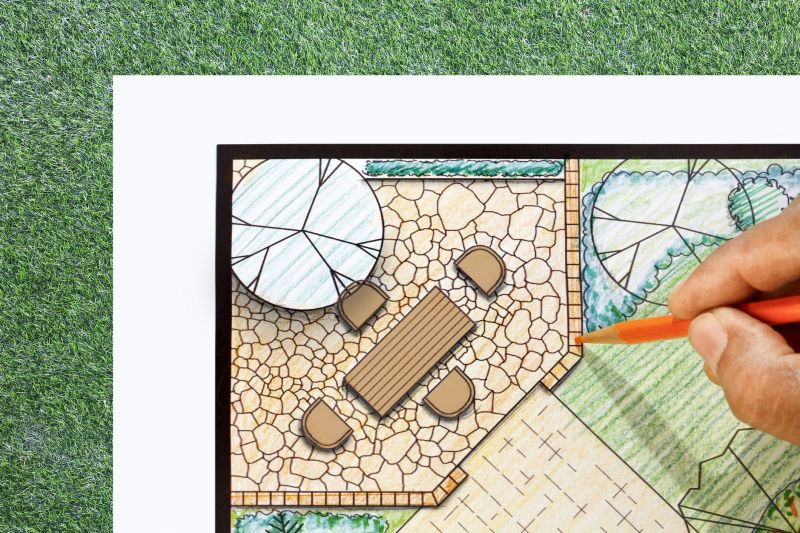
Designing and preparing for upcoming projects.

Lower-waste or water-saving choices for Landscapings.
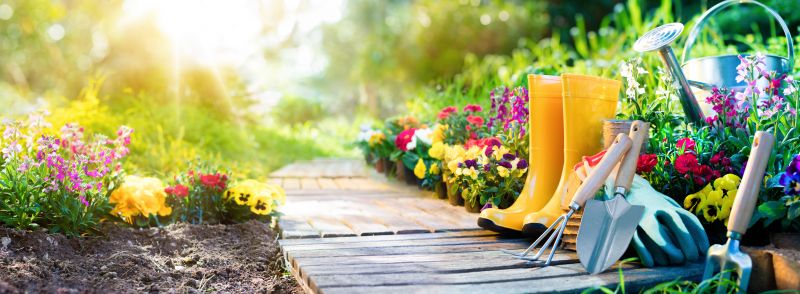
The short, realistic tool list for quality Landscapings.
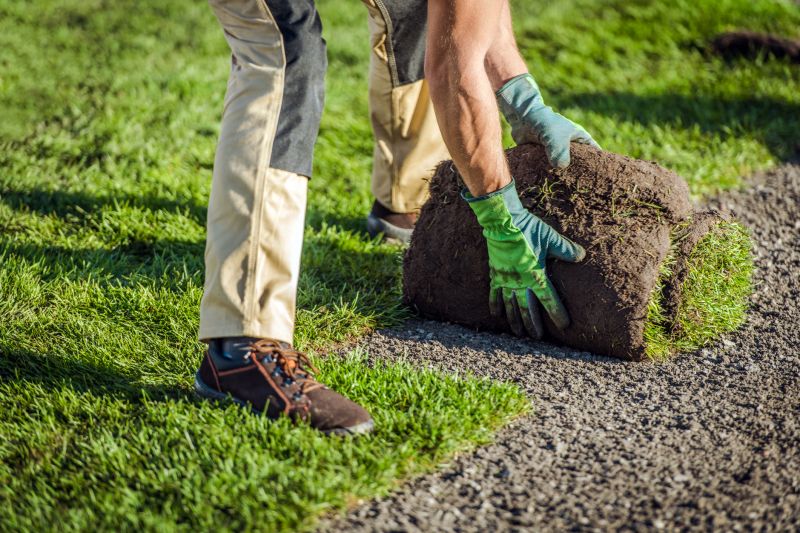
Rough timing from prep to clean-up for Landscapings.

Quick checks and paperwork to keep after Landscapings.
Timely landscaping leads to more sustainable and visually appealing results. Properly timed projects can also reduce costs and improve plant survival rates. Consulting local climate patterns helps in determining the most advantageous periods for various landscaping activities in Asheville.
Fall and early spring are ideal for planting trees, allowing roots to establish before extreme weather.
While some planning and design can occur year-round, active planting is best during spring and fall.
Soil temperature, rainfall, and regional climate are key factors affecting planting timing.
Summer can be suitable for mature plantings and irrigation setup, but active planting should be done early or late in the season.

